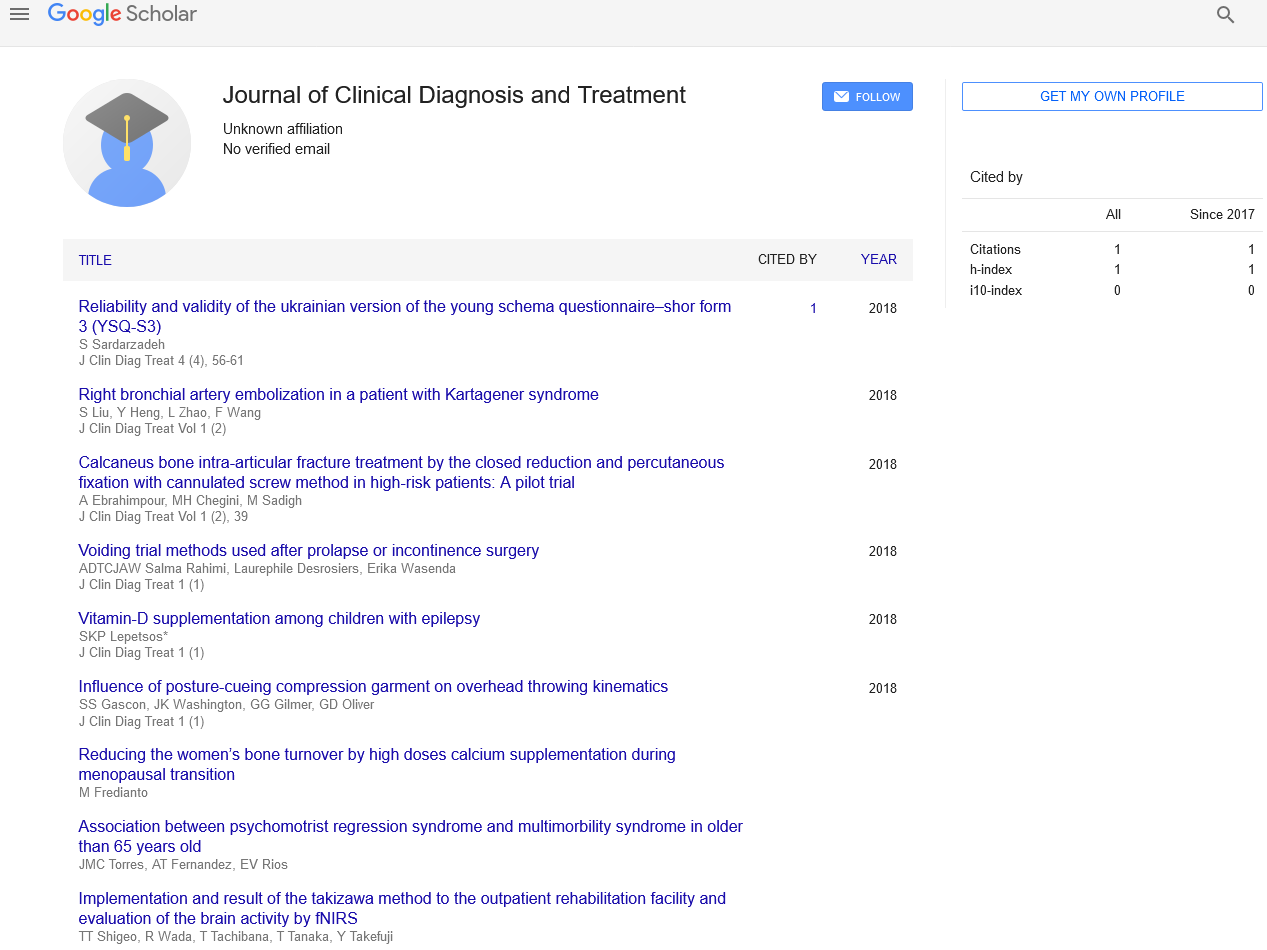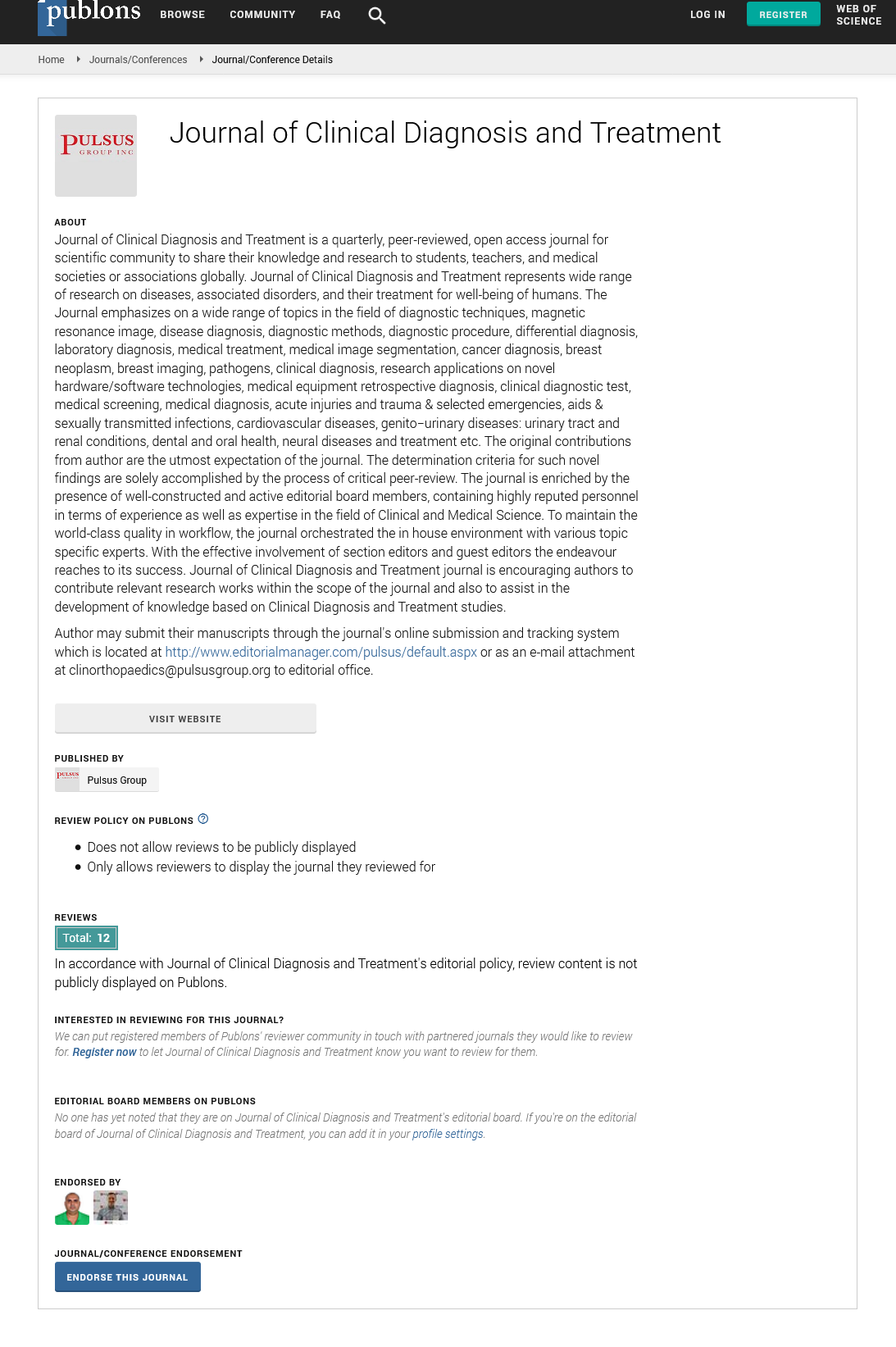
Sign up for email alert when new content gets added: Sign up
Abstract
Controlling sexually transmitted diseases and preventing HIV transmission: repairing a shattered paradigm
Author(s): Bill Smith*Controlling sexually transmitted infections (STIs) is doable, leads to better sexual and reproductive health, and aids in HIV prevention. The most advanced HIV epidemics have arisen from a lack of STI control, particularly in areas where ulcerative STIs are common. Several countries that have successfully reduced STIs have seen their HIV epidemics stabilise or reverse. Reduced incidence and prevalence of sexually transmitted infections (STIs) is a public health outcome. The following methods can be used to achieve this: I targeting and outreach to the most vulnerable populations; (ii) advocating and supplying condoms and other preventive measures; (iii) effective clinical interventions; (iv) a supportive environment; and (v) reliable data.STI case management, screening, and management of STIs in sex partners are among the clinical services provided. For most symptomatic curable STIs, syndromic case management is effective, and screening tools exist to detect some asymptomatic infections. Efforts to prevent transmission and lower prevalence are supplemented by presumptive epidemiologic treatment of sex partners and sex workers. Because many patients with STIs do not visit clinics, clinical services alone are insufficient for control. To reach such people, outreach and peer education have proven to be helpful. STI control necessitates successful interventions with core groups with high enough rates of partner turnover to keep transmission going. In order to minimise frequency in the broader population, effective, relevant targeting is required and frequently sufficient. These efforts are most effective when they are paired with structural measures to create an atmosphere conducive to prevention. Surveillance and related data must be reliable in order to create and evaluate treatments and assess control efforts.
Full-Text | PDF





